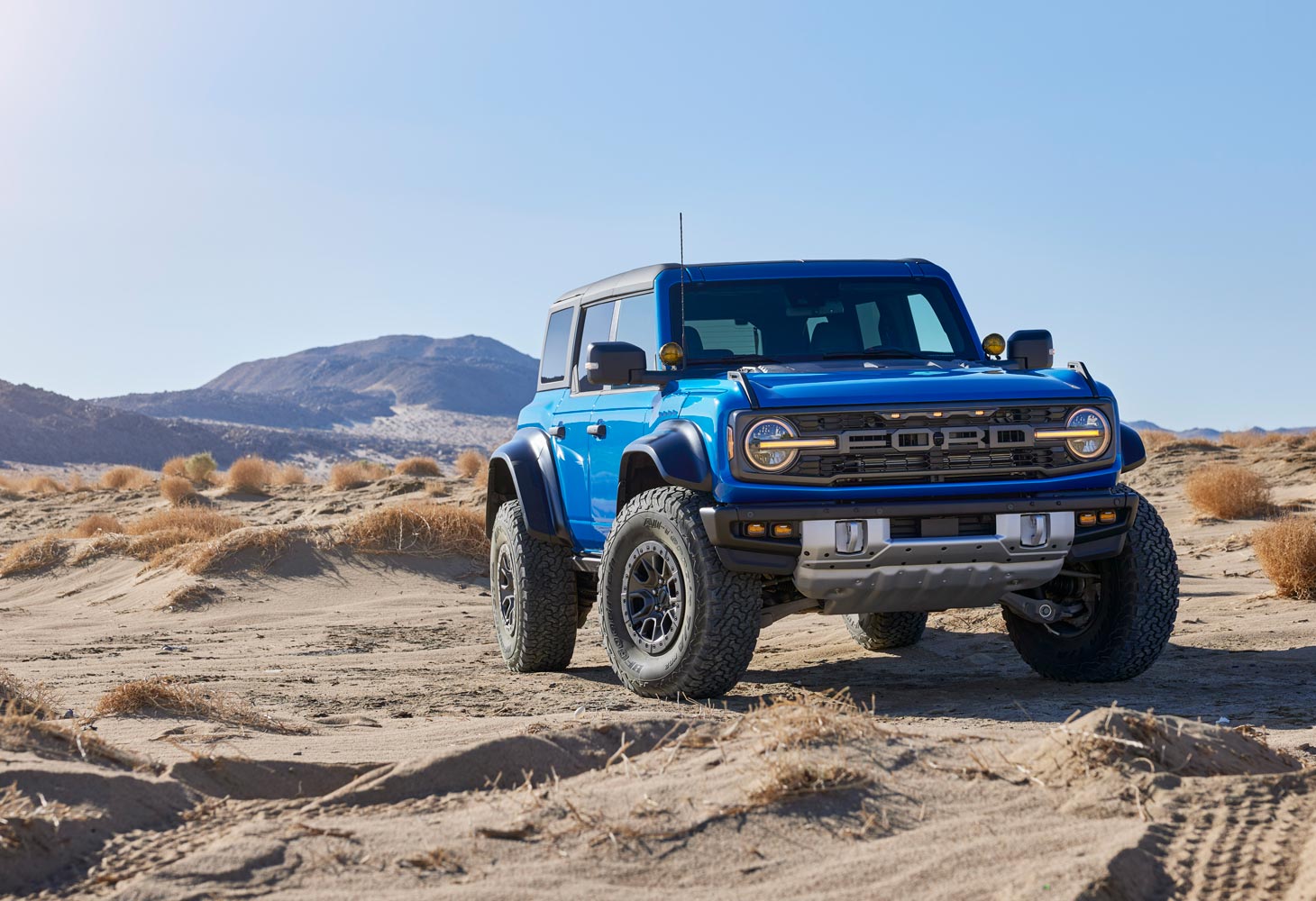ILSC GF-7 is about five years away. There will be many, many improvements and changes:

 www.fuelsandlubes.com
www.fuelsandlubes.com
- a new Noack test
- changes to low-temperature pumping viscosity (MRV) in SAE J300
- less engine deposits
- less oil oxidation (longer oil-change interval (OCI))
- better sludge control
- stricter LSPI control, including for aged oil
- better emission-systems compatibility
- better fuel economy
- inclusion of SAE 0W-8 and SAE 0W-12
- better oil filterability, dealing with the crystal formation by magnesium detergents
- a new corrosion and shear test
- better seal compatibility
- lowering of sulfated ash (SA) limit to 0.9%
- better fuel compatibility with more fuel types

ILSAC GF-7: Implementation “tentatively” planned for Q2 2028 - F&L Asia
The next generation of engine oils is already in the works, with a tentative launch planned for Q2 2028. Find out what to expect from ILSAC GF-7 and how it will improve fuel economy and emissions control.

